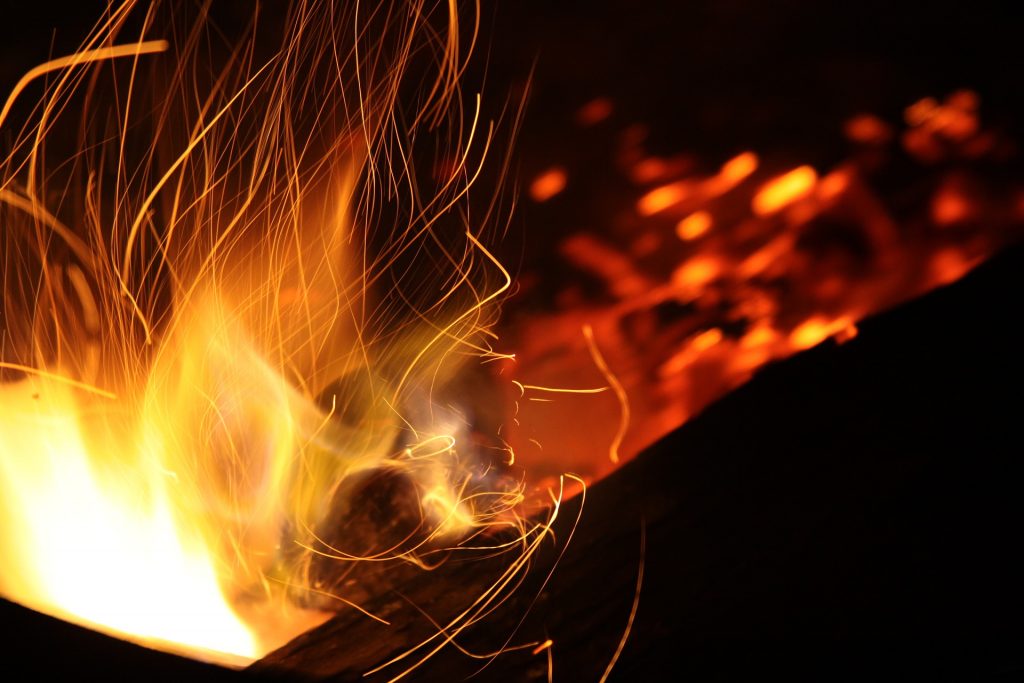AI And Humans (In My Game Too)
AI are robots that play games, do work etc. In my game there are 2 modes “Missions” and also “Skirmish” (I play star wars battlefront). In each game mode there are AI that try to blast you, they are programed to focus on you, the player. Each game has a difficulty that you can select and the AI are programmed to adapt to the difficulty that you selected and they will also adapt to which side you choose such as the rebellion or the empire. If you are on the rebellion, then the AI go to the empire.
Humans players are actual people (I hope you know that) that you can play against in a mode called “Multiplayer”; In that mode you play against other humans (of course right?) The people that you play in “Multiplayer” can pick up power-ups and they can do “Emotes” in game. Each human that you play can customize star cards (Star cards are advantages they can use in game such as a jetpack). Humans can do all of these things that an AI cannot.
The differences between humans and AI are:
- AI cannot use star cards (I already said that right?)
- Humans (regular players) cannot do the movements the AI does.
- AI cannot pick up power-ups (yea I know i said that already.)
- Humans (regular players) can use emotes (I KNOW I said that) but AI cannot.
How are they similar –
- AI and human control players (of course right.)
- AI and Humans (regular players) can focus on you, the reason I’m writing this is because whenever your in a server anywhere anytime (in the game) a player always focus on YOU yea YOU.
- AI and regular players (humans) can get into ships (I don’t know how the AI gets into ships without power-ups but they still do.)
Thank you for reading this “article”! What I think is that AI and humans ARE THE SAME (at least in my game don’t know about real life)…

